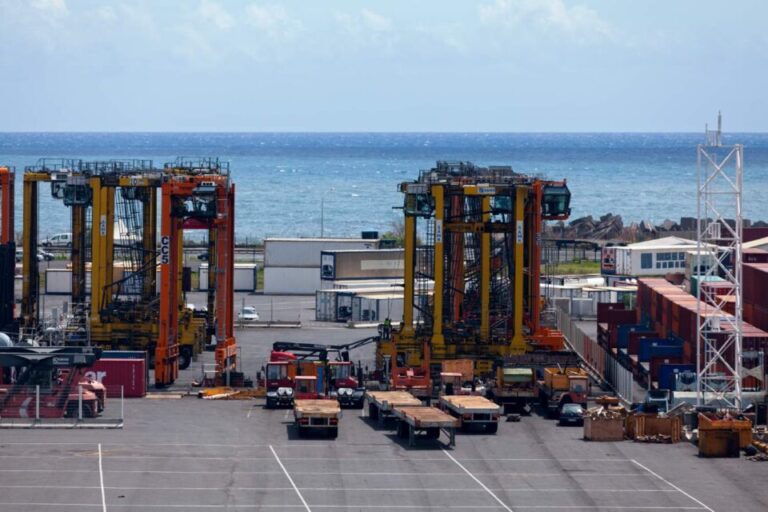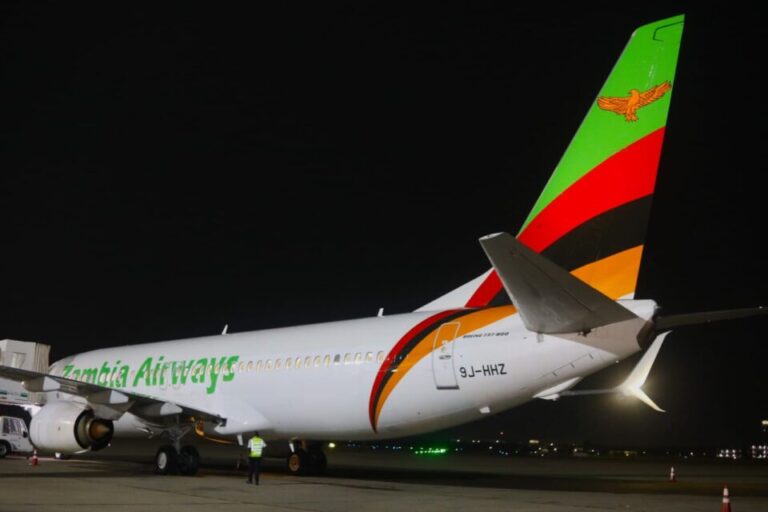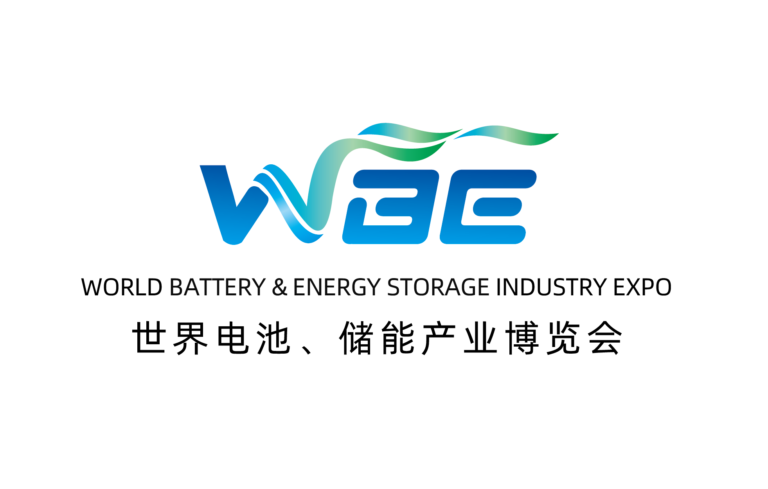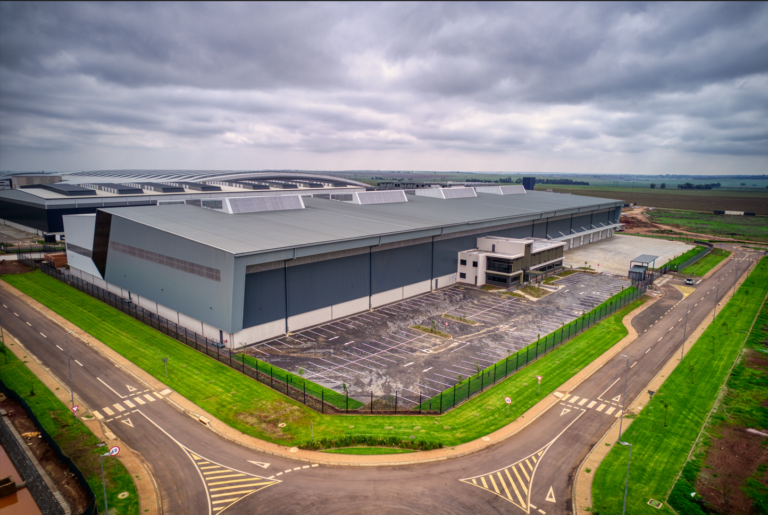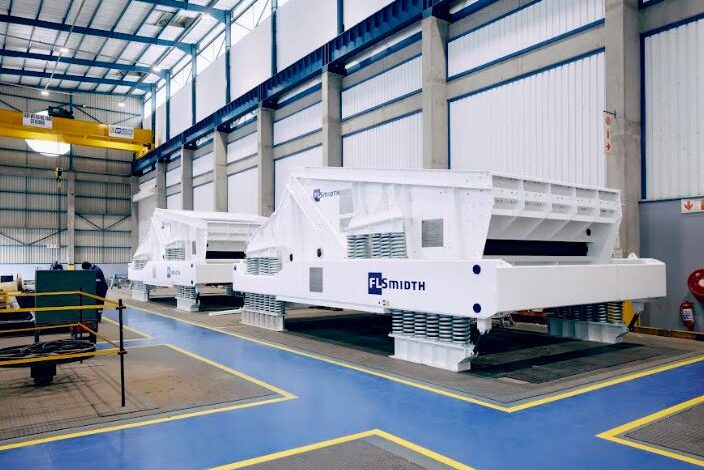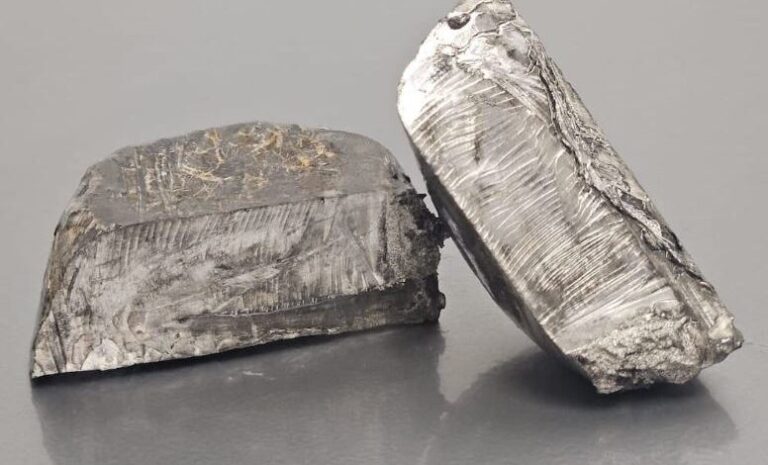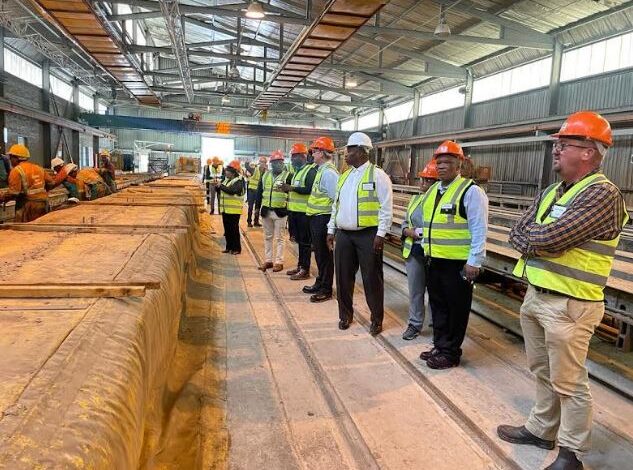Local steel sector proves its ‘metal’ as major Pan-African player at the SAISC Steel Awards 2023
Inspiring steel value chain collaboration between architects, designers, engineers and construction companies delivering world-class projects across the African continent was the highlight of the 2023 Steel Awards, presented by the Southern African Institute for Steel Construction (SAISC).
This red carpet event, commonly referred to as the ‘Oscars of the steel industry’ was held at Emperor’s Palace, Gauteng on October 19 and themed Game of Thrones: not only to celebrate the proud legacy of steel through the ages and its pivotal contribution to civilisation, but also the significant achievements of the South African steel sector.
Every year, the SAISC-hosted Steel Awards provide an opportunity for stakeholders across the industry and steel value chain – including designers, architects, engineers, processors, merchants and fabricators – to present their work and be honoured for their outstanding achievements.
Forging head in Africa
Of particular interest to the judges this year was that many of the notable projects nominated were not confined to South Africa, but exported – and in some cases executed – across the continent. This was reflected in the number of Pan-African projects which won awards, and indicated that one of the SAISC’s long-held goals – is being realised.
“Fabricators and manufacturers have really forged ahead and made a big leap into Africa! They have built structures in a way that has never been done before, delivering products and innovations which have never been seen before – not only locally but across the continent,” says SAISC Chief Executive Officer (CEO) Amanuel Gebremeskel.
“For over a decade, we have been encouraging our industry not only to be a centre of manufacturing excellence, but also to get involved in more advanced projects – producing products and innovations which have not been used before in the world. You would expect this in first-world economies like Europe, the US, South Korea or Japan. The fact that we can achieve this standard in South Africa is impressive! We always hear that many large African projects are being created by Chinese, Indian or even American contractors. That does not have to be the case. We have the capacity and the engineering capability to do this and that is what the Steel Awards are all about,” Gebremeskel enthuses.
He adds that many of the projects showcased at the SAISC 2023 Awards are iconic structures, which have made a lasting contribution to the built environment – and will be a testament to South African steel sector skill for many years.
Gebremeskel highlighted the following three projects in particular:
Fresh and fabulous as the overall winner – and more
The Mpumalanga International Fresh Produce Market is not only the Steel Awards 2023 overall winner – but also garnered several other awards as winner of the Factory and Warehouse category, the Tubular category and recipient of the Best Project Mpumalanga Award.
Nominated by Tass Engineering, the project was designed by Orbic Architects and constructed by (amongst several others) the main contractor Enza Construction and steelwork contractor Tass Engineering. This so-called ‘market of the future’ was constructed for the Mpumalanga Economic Growth Agency to act as a regional catalyst for growth, creating jobs and improving food security. Serving the local and international food industry, it is more effective and efficient than existing, traditional fresh produce markets. The steelwork roof covers a 29,000m2 floor and is designed to provide maximum usable floor space with minimal support columns. The building was also designed to accommodate future alterations and expansion.
The main challenge was the sheer size of the roof structure and its structural framing system, which posed a significant logistical challenge to transport – from the Kempton Park fabrication site to the market site over 300km away in Mbombela. To address this challenge, modular components were transported in smaller sections and then erected on site.
“Fitting all the pieces of this Meccano-like construction in a seamless and cohesive manner was a huge achievement. These challenges were overcome by carefully-designed jigging systems used for the fabrication of the components, and then trial assembling the major structural components and interfaces between them.
Also impressive is the fact that the engineer who designed the structure came up with a very elegant solution for the problem posed: the need for a lot of column-free space. To solve this, an arched roof was used along the entire 220 metre length – supported at each end using a structural framing system. The aesthetics and project execution – including the engineering, connections used, the seamlessness thereof and how the structure was erected – is quite amazing and a testament to the power of structural steel as a material of construction,” Gebremeskel comments.
A record-breaking distribution centre
Structural steel also played a pivotal role in the Pick ‘n Pay Distribution Centre East Port project, joint winner of the Factory and Warehouse category, winner of the Innovation and Sustainability category and recipient of the Best Project Gauteng Award.
One of the stand-out features of this exceptional project is the use of extremely long roofing sheets, ranging from 68 metres to a staggering 280 metres. These unprecedented roof sheeting lengths required innovative solutions for handling and installation – ultimately earning the project a place in the Guinness World Records.
The roof design features a distinctive curved profile with a radius of approximately 600 metres. This unique curvature required the use of the ‘sky-forming’ method to roll and shape the roofing sheets accurately. The success of the project hinged on close collaboration between various teams, including structural engineers, steel fabricators, material suppliers and roofing contractors. This teamwork was essential for problem-solving and adapting the design and construction to the very specific challenges posed by this challenging project.
“This is a phenomenal innovation, and a lot of work went into it. It is very nice to see one of our established, older steel companies showing a lot of vigour and energy. We have really achieved world leadership in sky-rolling capabilities. This is not only a notable project in South Africa, but globally,” Gebremeskel comments.
A praiseworthy achievement in Chad
The third project Gebremeskel highlighted is the Our Lady of Peace Cathedral in N’Djamena in Chad, which is the winner of the Light Steel Frame Building category.
Conceptual design to restore the cathedral started in March 2014, and addressed wind-load considerations through the implementation of a specialised shell structure design employing custom- made brackets to securely anchor the light-weight steel to the concrete structure.
This remote Central African project location required on-site fabrication. A number of logistical challenges had to be overcome due to the absence of nearby ports and limited road infrastructure suitable for container transport. The entire project also had to be successfully delivered during a period of political instability in the region.
“South African steel companies are not only doing incredible work in very complicated environments administratively, politically and security-wise – but are creating structures that are also very noteworthy – as demonstrated by this and other Pan-African projects this year,” advises Gebremeskel.
In summary, the Steel Awards 2023 category winners are as follows (information either in press release / links to additional project information and images will be provided):
Mining and Industrial:
Winner: Azmet Reactors – this bold pan-African mining project entailed fabrication and transport to the DRC of 6 reactor tanks, with detailed design of complex geometry featuring FEM (finite element method) modelling and an integrated support frame and platform
Factory and Warehouse Category / Metal Cladding
Winners: Mpumulanga International Fresh Produce Market and Pick ‘n Pay Distribution Centre East Port (see above)
Tubular Category
Winner: Mpumulanga International Fresh Produce Market (see above)
Light Steel Frame Building
Winner: Our Lady of Peace Cathedral – Chad (see above)
Architecturally Exposed Steelwork
Winner: NMU Ocean Sciences Campus Extensions – this project’s innovative use of steel succeeds in showcasing the university as a world-class tertiary education institution of choice
Innovation and Sustainability
Winner: Pick ‘n Pay Distribution Centre East Port (see above)
Best Export Project
Winner: Azmet Reactors (see above)
Regional Awards
- Best Project Gauteng – Pick ‘n Pay Distribution Centre East Port (see above)
- Best Project Western Cape – Hasso Plattner d-school Afrika – this innovative use of space expresses and celebrates the building’s unusual geometry, overcoming the challenges of a highly congested site and construction during the Covid-19 pandemic
- Best Project Eastern Cape – NMU Ocean Sciences Campus Extensions (see above)
- Best Project Mpumalanga – Mpumulanga International Fresh Produce Market (see above)
- Best Project KwaZulu-Natal – Pepkor Warehouse, Hammarsdale – this retailer warehouse was completed against a background of severe socio-political unrest and also extreme weather. The cost-effective design and interactive project coordination and implementation are key highlights of this project
Steel trends
Although the SAISC does not judge project nominations according to budget and size, Gebremeskel acknowledged that many nominated this year were far greater in size and financial value than previously. Although mining projects – and especially those in remote locations – are inevitably the largest, he observes that large retail distribution centres have also grown tremendously in size, and also aesthetically.
“Projects such as the Pick and Pay distribution centre – winner in several categories – and the KwaZulu-Natal category winner, the Pepkor Warehouse, Hammarsdale – both point to this. Our retailers are looking for greater efficiency, so these buildings are getting larger every year. South
Africa is becoming the vanguard for the construction of distribution centres throughout the region. These are the kinds of buildings that many other countries in Africa require moving forward, so we need to develop local steel sector expertise to deliver similar projects cross-border in the future,” he says.
He adds that there were also a lot of architecturally-driven projects this year. Winner of the Architecturally Exposed Steelwork and Best Project Eastern Cape categories, the Ocean Sciences Campus at Nelson Mandela University, showed how a large educational institution project could utilise steel to echo the client’s image as a world-class tertiary education facility.
Diverse judging panel and generous sponsors
“The SAISC is very grateful to the Steel Awards judges, who have given of their own time to contribute to the industry that they love. This year, the judging panel was more diverse than ever when it came to age, gender and professional specialisation. With the greater emphasis on Pan-African projects, we look forward to growing and diversifying the judging panel even further. This includes featuring judges from other African countries, which will provide insight into the challenges faced by project teams in countries such as the DRC, Chad and Namibia,” Gebremeskel remarks.
The SAISC also thanks all stakeholders who worked to make the Awards a success – and the generous sponsors. These include the main sponsor, Unica Iron and Steel, Macsteel (Pan-African Trailblazer sponsor), Bolt and Engineering Distributors Group (table decor sponsor), BSi Steel (factory and warehouse category sponsor), Stewarts & Lloyds (light steel frame buildings category sponsor) NJR Steel (innovation and sustainability category sponsor), The Association of Steel Tube and Pipe Manufacturers (tubular steel category sponsor) and Isilo Steel (photo booth sponsor).
“The 2023 Steel Awards provide significant insight into our sector, and just how notable and impressive the projects are. The Awards form an essential platform for showcasing – and celebrating – what the South African steel sector can do, not only locally but across the continent. For this
reason, we are encouraging all our members to continue to focus on innovation and quality, setting their sights beyond South Africa, and throughout Africa,” he concludes.



